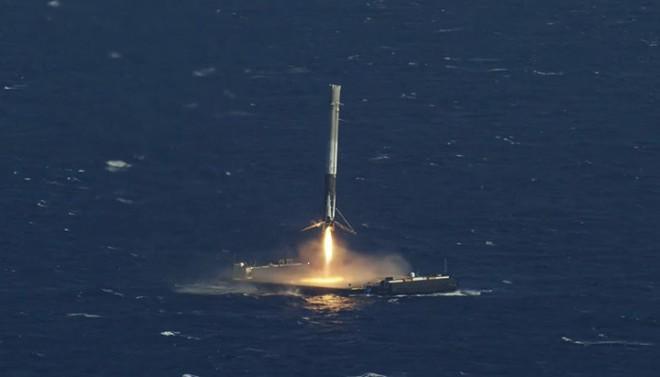
A crush core is essentially like a high-tech crumple zone built into the rocket for situations exactly like this landing. It wasn’t a big problem that the rocket had to use some if it, but it does mean that the center of gravity was shifted off center of the struts, which increased the risk of the rocket tipping while making the journey back to shore.
This marks the third successful landing of the rocket on a drone ship in 2 months, after spending almost the entirety of 2015 with failed attempts. As reported on by Interesting Engineering, the company will be launching their Falcon 9 rocket in July to dock with the ISS. The rocket will be landing itself, but this time on solid ground instead of a drone ship. The problems with this landing were tweeted by Musk himself, with a followup explaining exactly what he meant.
The main reason behind why this landing was a little rougher than previous attempts was because the mission took the rocket to higher altitudes. In turn, more fuel was burned up during launch, and the rocket didn’t have as much to work with in decelerating itself for landing. All of these rockets landing on ships is an attempt to decrease the cost of spaceflight, and SpaceX is the first to successfully do it.


